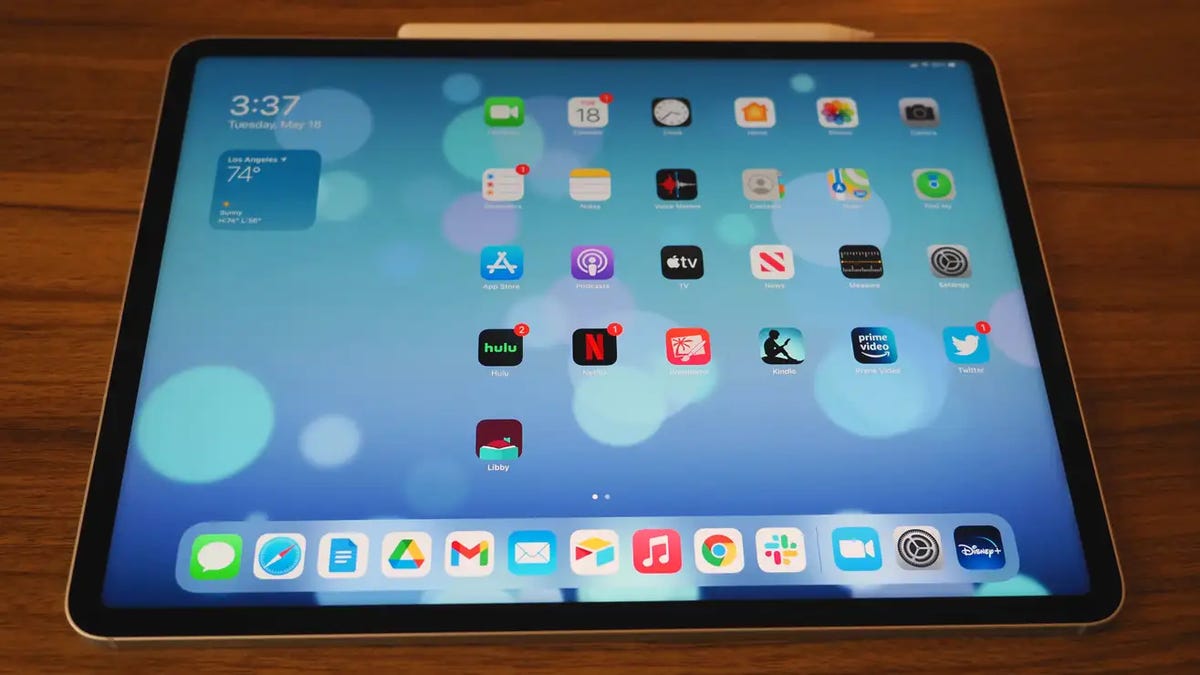Bosch’s Rideshare Security Cam Has Panic Button For The Driver

There is no shortage of disturbing dashcam videos of Uber and Lyft drivers being attacked by irate passengers, and while the footage can be used to prosecute offenders after the fact, Bosch has developed a new dashcam that can help rideshare drivers stay safer during an incident, even when they’re unable to contact authorities themselves.
Even if you only drive when going out for weekly groceries, it’s not a bad idea to invest in a windshield-mounted camera, because you never know what kind of drivers you’re going to encounter on the road, and the footage automatically captured and stored by these devices can make it easy to prove to the law that you weren’t at fault if you were involved in an accident or an incident on the road.
The Bosch RideCare includes standard dashcam functionality, including motion and noise sensors that will automatically trigger captured footage to be stored and timestamped if an accident or incident is detected outside the vehicle, such as a collision. But in addition to a front-facing camera that works even in the dark of night, the RideCare dashcam has a second camera capturing the interior of the vehicle, making it ideal for rideshare drivers who want irrefutable proof when a dispute with a passenger occurs that could affect the driver’s status and reputation, and in turn affect their ability to earn money from a given rideshare service.
More important is the RideCare dashcam’s ability to improve the physical safety of a driver as well. Built-in algorithms can trigger an alert if the cameras on the dashcam are “compromised or blocked,” but the driver is also provided with a discreet and wireless SOS button that can be pressed to activate an emergency call (assuming they’re driving somewhere with reliable cellular connectivity) to a Bosch-run 24/7 call center where operators are immediately given access to live feeds from both of the dashcam’s cameras. The operators can then assess if emergency services need to be contacted and directed to the vehicle’s location.
G/O Media may get a commission
42% Off
Hisense 58-Inch ULED LED 4K Smart TV
TV time
This 58-inch smart TV has 4K visuals on a stunning ULED screen that boosts color, contrast, and brightness, has Fire TV built-in for convenience, and even includes Alexa.
Although services like General Motors’ OnStar are better known, Bosch has actually been operating its own emergency call centers since 2012 in over 50 countries, with over 27 million vehicles around the world having connectivity to the company’s emergency services. In other words, this isn’t a new initiative from Bosch, but an expansion of a well-established existing service that brings unique benefits to rideshare drivers who may find themselves in incidents where it’s not safe to reach for a phone to dial 911 for help, or when they’re not physically able to do more than just press a single help button.
Source link





